
Discovering an unexpected Renaissance Gem: a Journey through the History of the Hospital de Tavera in Toledo, Spain
Tucked away in the marvelous city of Toledo, Spain, lies the Hospital de Tavera, a stunning example of Renaissance architecture and one of the country’s most significant historical landmarks.
Founded in the 16th century by Cardinal Juan Pardo de Tavera, the Hospital served as a medical facility for the ill. And also as a final resting place for the Cardinal and his family. Today, the building is home to the Fundación Duque de Lerma, its museum, and the Sección Nobleza of the National Historical Archive.
Located just outside the city walls, near the Bisagra Gate, the Hospital de Tavera is one of the first sights visitors to Toledo will encounter. The building’s grand facade and striking Renaissance design make it a must-see destination for anyone interested in history and architecture.
“The last to fall were the buildings, distant and solemn, the gravestones for an entire world.”
Dan Wells
Beyond its aesthetic appeal, the Hospital de Tavera holds great significance in the history of Spanish art. Its unique blend of Renaissance and classical styles, influenced by Italian models, make it one of the first examples of a genuinely classical building in Castilla and a precursor to the austere architecture of El Escorial.
The History of the Hospital de Tavera
The Hospital de Tavera, also known as the Hospital de San Juan Bautista, was founded in the 16th century by Cardinal Juan Pardo Tavera. His goal was to unify all the hospitals in Toledo and create a general sanatorium dedicated to Saint John the Baptist.
The construction began in September 1541 under the direction of architect Alonso de Covarrubias. From its inception, the Hospital intended to be a dual-purpose facility. It served as both a medical facility for those suffering from various illnesses and as a final resting place for Cardinal Tavera and his family.
The Hospital de Tavera’s role in the urban renewal of Toledo
The Hospital’s location, between the Bisagra Gate and the Hospital of San Lázaro, was chosen as part of the urban renewal program promoted by the humanists of Emperor Charles V’s court. The goal was to update the image of Toledo to match its status as the imperial capital. The Hospital symbolized the city’s modernization, and its architecture was influenced by Italian examples.
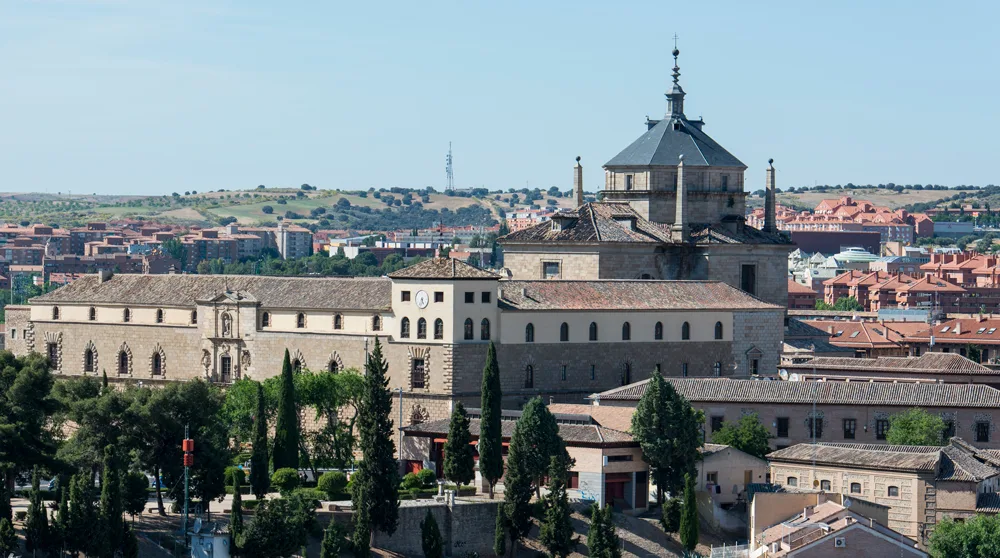
The evolution of the building and the architects involved
The construction of the Hospital continued for over 75 years, adding many changes to the original design. Architects Hernán González, Nicolás de Vergara “el Mozo,” and Juan Bautista Monegro were among those who contributed to the building’s evolution.
The result was a formidable structure that featured the work of many notable artists, including: El Greco and his son, who worked on the church and chapel; Juanelo Turriano, who created the original tower clock; and Alonso de Berruguete, who crafted the Cardinal’s tomb.
With its church’s inauguration in 1624, many architectural historians consider the Hospital de Tavera as Castilla’s first entirely classical building.
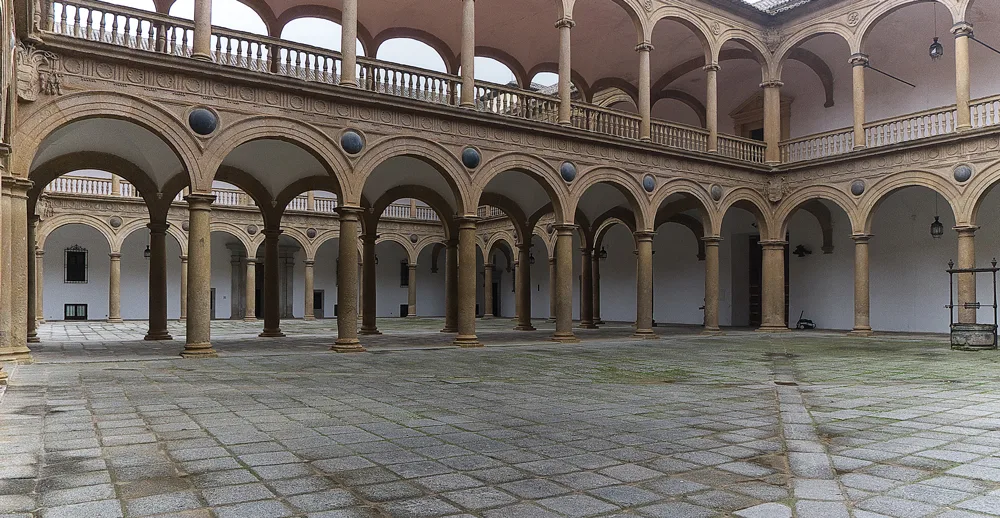
The Architecture and Design of the Hospital de Tavera
The Hospital de Tavera is a clear example of the influence of Italian Renaissance architecture in Spain. The use of classical orders, such as the Doric and Ionic, as well as the symmetrical design of the facade and patio, are all hallmarks of the Renaissance style.
The facade and patio of the Hospital de Tavera
The facade of the Hospital features three levels, with the lower level displaying a rusticated stone finish and large arched windows. The upper-level features smooth stone and arched windows with keystones, while the third level has smaller windows that resemble those found in Gothic palaces. The patio, one of Spain’s most beautiful Renaissance patios, features a central gallery connecting the church’s entrance.
The significance of the use of classical orders
The use of classical orders in the Hospital’s design is substantial, demonstrating the desire to revive the ideals of Ancient Greece and Rome. The Doric and Ionic orders symbolized strength and beauty, respectively, and their presence in the Hospital elevates its status as a great and important institution.
The dome and the tower of the Hospital de Tavera
One of the most inspiring features of the Hospital de Tavera is its dome, sitting atop the church, and is visible from many parts of the city. The dome is octagonal and is topped by four elongated pyramids, which make it stand out significantly above the rest of the building.
Another unique feature of the building is the tower located on the southeast corner. It was designed in the 18th century by Pedro Martínez Morales and executed by José de Montessomo, in the Baroque style. The original plan was for it to be one of the four towers, but only one was built.

Art and Cultural Significance of The Hospital de Tavera
The Hospital de Tavera is home to a wealth of art and cultural treasures. In effect, visitors can enjoy artworks by El Greco, Tintoretto, Zurbarán, and Carreño de Miranda, among others. This collection of works, currently housed in the museum within the Hospital, is a testament to the artistic and cultural significance of the building.
The impact of El Greco and other notable artists
One of the most notable artists associated with the Hospital is El Greco. He was commissioned to paint several works for the building, including the famous Portrait of Cardinal Tavera.
This canvas was painted around 1609, during El Greco’s last period in Toledo. It depicts Cardinal Juan Pardo de Tavera, the Hospital’s founder, portrayed posthumously, as he had died in 1545.
Alongside El Greco, you can also admire the works of other painters such as Tintoretto, Zurbarán, and Carreño de Miranda.
The Hospital’s role as a pantheon for Cardinal Tavera and his family
The Hospital de Tavera was not merely a hospital for the sick, but also a pantheon for Cardinal Tavera and his family. The building’s role as a pantheon is reflected in the grand sepulcher of the Cardinal, which can be found in the Hospital’s church. This sepulcher is the creation of the renowned artist Alonso de Berruguete. As such, many consider it one of the Hospital’s most important works of art.
Several other sepulchers and tombs within the Hospital also indicate the building’s role as a burial place.
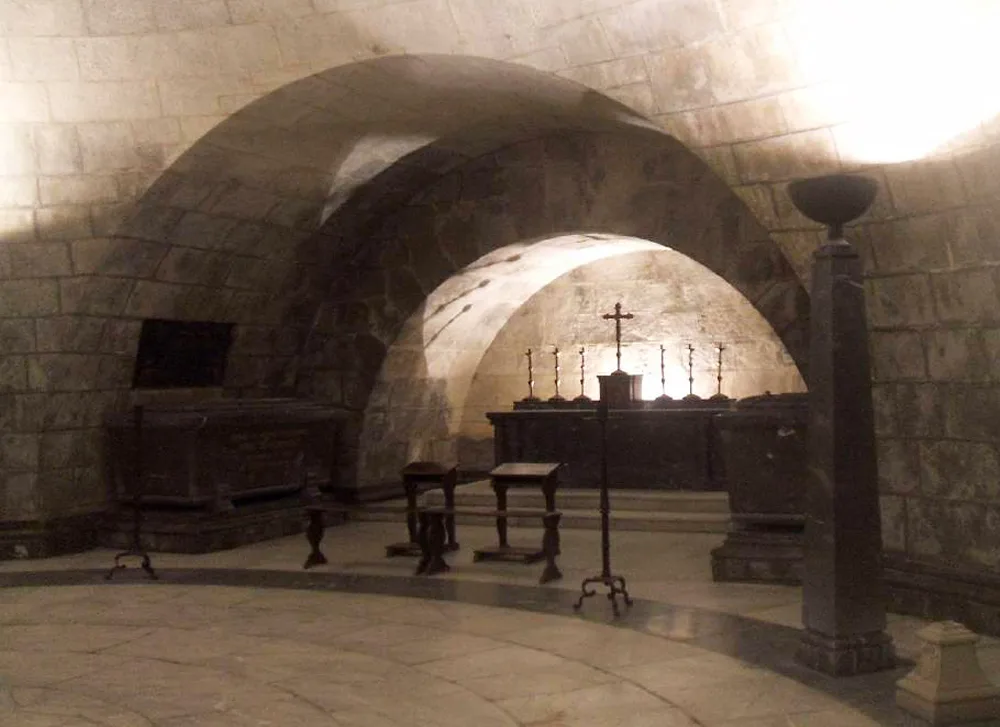
The current use of the Hospital as a Cultural Center and Archive
The Hospital de Tavera is not only significant for its architectural and historical importance. It is also significant for the wealth of art and cultural treasures it holds within its walls.
Today, the Hospital remains an essential cultural and historical site in Toledo. Moreover, it is home to the Duke of Lerma Foundation, its museum, and the Nobility Section of the National Historical Archive. This collection contains a wealth of historical documents and records related to the nobility of Spain, providing valuable insight into the country’s past.
Furthermore, visitors to the Hospital can explore its rich history and art, including notable works by El Greco, Tintoretto, Zurbarán, and Carreño de Miranda.

Visiting the Hospital de Tavera, a Renaissance treasure in Toledo
In conclusion, the Hospital de Tavera, also known as the Hospital of San Juan Bautista or “Hospital de Afuera”, is a stunning example of Renaissance architecture and a treasure trove of cultural and historical significance.
Founded by Cardinal Juan Pardo de Tavera in the 16th century, the building played a significant role in the urban renewal of Toledo and continues to be a testament to the grandeur of the Renaissance era.
From the beautiful patios and facade to the unique dome and tower, the Hospital de Tavera is a feast for the eyes. It is also home to important works of art by El Greco and other notable artists, and serves as a pantheon for Cardinal Tavera and his family.
Today, the Hospital serves as a cultural and historical site, housing the Historical Archive of the Nobility and offering visitors the opportunity to experience its rich history and culture firsthand.
Therefore, when going to Toledo, visit the Hospital de Tavera and immerse yourself in this Spanish Renaissance gem’s beauty and historical significance.



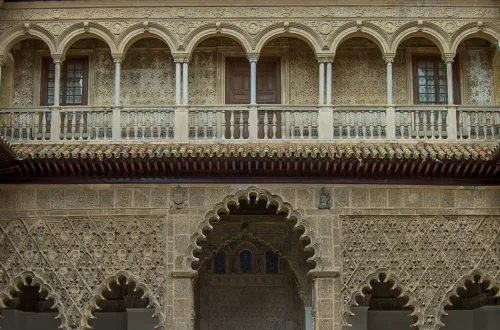
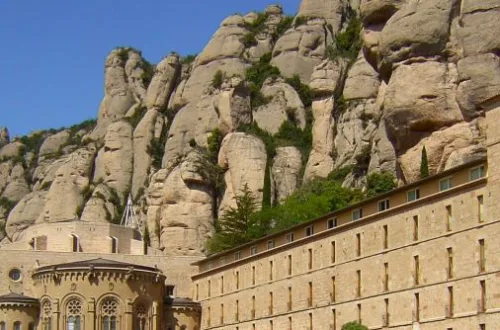
One Comment
Pingback: